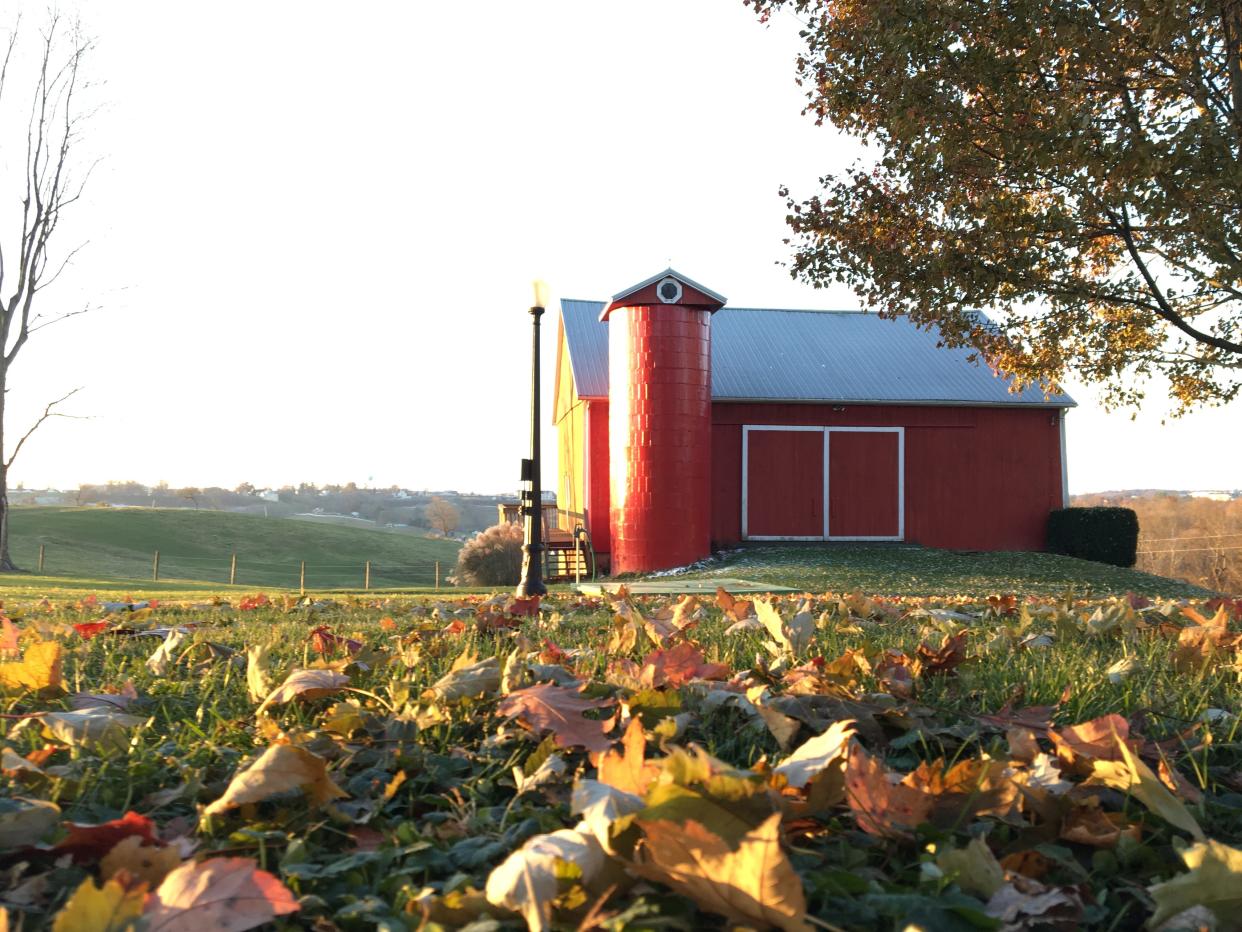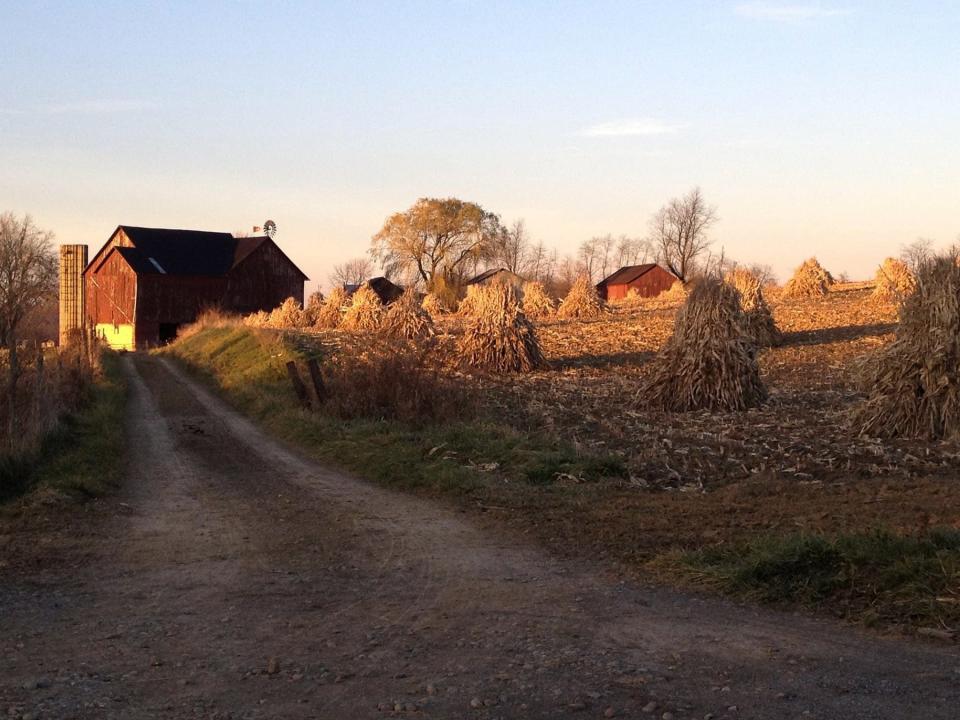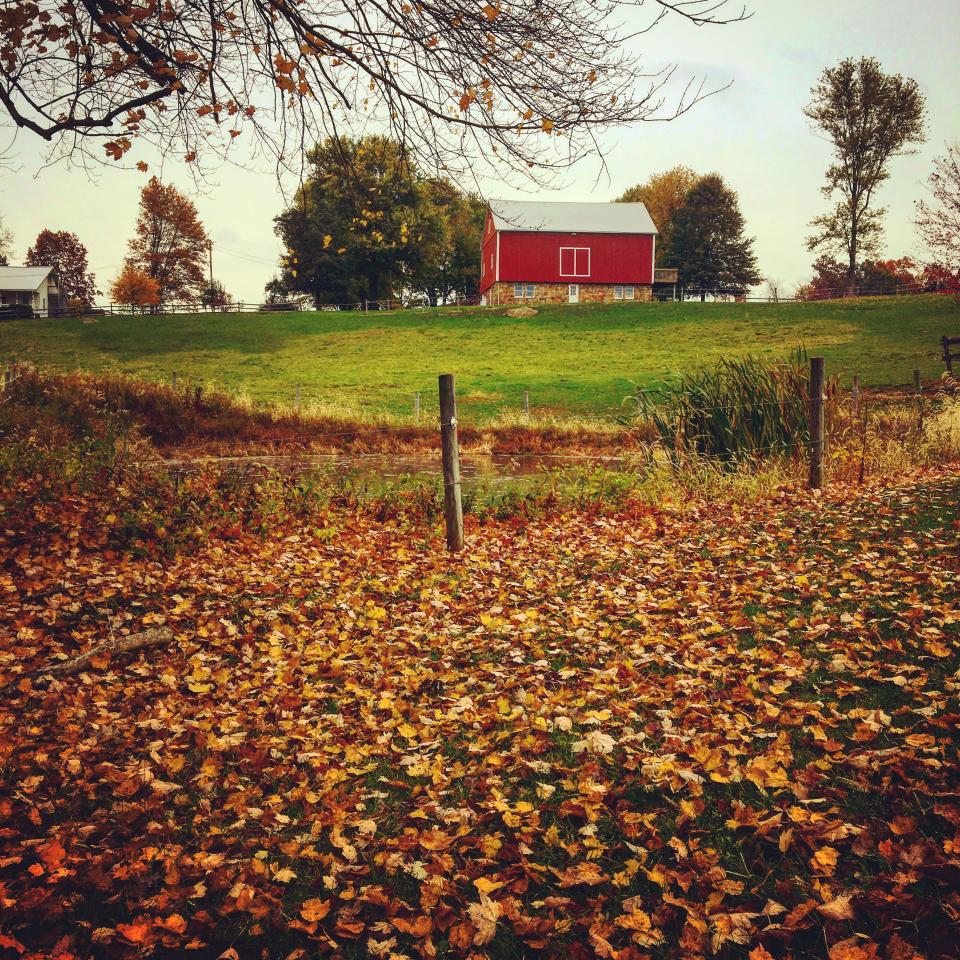Old House Handyman: Lamenting the lost art of listening to nature

In the recent season between cutting grass and raking leaves, there was mulching – that last mowing of grass combined with fallen leaves.
Our daughter who lives at the family farm was zipping across the yard in mulch mode when she abruptly stopped and took a deep breath.
“Sassafras!” she shouted.
The sweet perfume lingered in our nostrils for a moment, then trailed away with the next gust of wind.
That scene, and a book I have been reading, have made me think that we busy people with our noisy machines, cellphones and earbuds don’t pay enough attention to the natural world around us.
In his book, “Great Possessions, an Amish Farmer’s Journal,” David Kline writes about plowing his fields with horses: “We hear the creaking of the harness and the popping of alfalfa roots, as well as the tinkling song of the horned lark and the lisping of the migrating water pipits.”
The popping of alfalfa roots.
Who among us has ever heard that?
Old House Handyman: How to build an outdoor 'catio' for your feline friends

I have read this book many times since retired Dispatch reporter and columnist John Switzer introduced me to it, and that line has always stuck with me.
A farmer sitting behind the deep-throated engine of a tractor, like the 1950 Farmall my grandpa used to plow fields, never would have heard the alfalfa roots pop. And modern farmers with climate-controlled cabs on their tractors can tune out the engine noise – and the birds – by listening to music on their stereos.
Or they can push in their earbuds and talk on their cellphones.
I’m not judging. I’m lamenting – lamenting something most of us today have lost – the ability to listen to, see and appreciate the beauty and complexity of nature.
I’m working on it. I rarely use earbuds or headphones because I want to listen to what is happening around me. Listening is important for a journalist – and for someone who is learning from his daughter and our Amish neighbors how to distinguish the call of a downy woodpecker from that of a red-headed or pileated woodpecker.

A few weeks ago, my daughter and I sat on the front porch to listen and watch as the sun started to dip to the west. Belgian draft horses nibbled at what is left of the pasture after a long summer of grassy salads. Black and white Holsteins waddled over the hill and toward the neighbor’s barn for milking.
And then, an American bald eagle rocketed into the scene, flew behind the barn and off into the woods across the road, where it lives with several others. We noticed that its head was curled under, and that it was looking at something in the clutches of its talons – a rodent or some other small morsel for dinner, we presumed.
On an earlier porch visit, a mangy red fox wandered into the yard and lapped up water from a puddle near the well. It sat a spell in the driveway and wandered around the barn a bit – probably looking for a mouse or chipmunk to snack on.
Paying closer attention to nature can be entertaining – watching the mating dances around the bird feeders in the front yard, listening to buzz of hummingbird wings as they dart from flower to flower near the porch, or hearing the songs of the Baltimore and orchard orioles as they devour the grape jelly we set out for them.
And reading a book like “Great Possessions” allows us to better understand how important all of that wildlife is to our ecosystem, how fragile it is, and how much we can influence it – for good or for bad.
Old House Handyman: Reflecting on the dad-daughter ritual of painting the old barn

“Presently, no-till farming with its dependence on vast amounts of chemicals is being touted by the experts as the way to guarantee green fields forever,” Kline writes. “What they fail to say is that these green fields will be strangely silent – gone will be the bobolink, the meadowlark, and the sweet song of the vesper sparrow in the twilight.”
Kline writes that “by working and farming the way the Amish traditionally have done, we make our place more attractive to wildlife. Should we be removed from the land and our farm turned into a ‘wildlife area,’ I’m almost positive that the numbers and species of wildlife would dwindle.”
We don’t all need to become Amish farmers to appreciate and respect the beauty and complexity of nature. But we can read a good book about it, leave the earbuds behind, and get out of the house to smell the sassafras and listen to the birds sing.
Alan D. Miller is a former Dispatch editor who teaches journalism at Denison University and writes about old house repair and historic preservation based on personal experiences and questions from readers.
youroldhouse1@gmail.com
@youroldhouse
This article originally appeared on The Columbus Dispatch: Old House Handyman: Appreciating the complexity of nature

